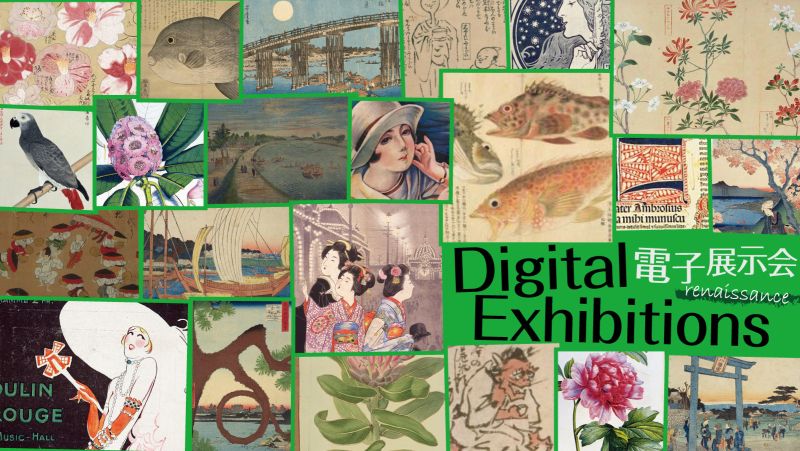Uzuki (April)

Kanbutsue (the anniversary of the birth of Buddha)
The month of April, which marks the beginning of summer, was called Uzuki because utsugi (hydrangeas) bore white flowers, which are called “uno hana.” The main event in Uzuki, is Kanbutsue, Buddha’s birthday, on the eighth. Kanbutsue, also known as the Flower Festival or Hana Matsuri, is a celebration where a small shrine called a hanamido is decorated with various flowers and set up in temple precincts. People pour amacha (hydrangea tea) over the tanjo butsu (Buddha at birth) placed on a basin inside the hanamido.
Uzuki traditions
Around this time, hototogisu (cuckoos) appeared in the skies of Edo. The first cries of the hototogisu heralded the arrival of summer to the people of Edo. Katsuo (bonito)represents the first fish of early summer. For the people of Edo, who loved hatsumono (the first harvest or catch of the season), hatsu-gatsuo (the first bonito) was something they would buy with great enthusiasm, whether they were rich or not.
Edokko and Katsuo (bonito)
Katsuo was so popular among Edokko (people born and raised in Edo) that one of the oldest senryu poems of the Edo period is "Eat hatsu-gatsuo even if you have to pawn your wife.” The boom in the popularity of hatsumono reached its peak around the Tenmei era (1781-1789) in the late Edo period. By the Bunsei era (1818-1830), the price of hatsu-gatsuo had soared to as high as four ryo (ryo is a former Japanese currency unit, with one ryo equivalent to 18 grams of gold). At that time, male servitors who worked for craftsmen or merchants earned about two ryo per year, making four ryo an eye-popping price for commoners. Even so, Edokko bought and ate hatsu-gatsuo together as a whole community in nagaya, Japanese row houses. There was a Japanese saying that eating hatsumono extends your life by 75 days. However, today, if we were to purchase and eat these first seasonal items for the equivalent of two years' worth of income, our hearts would stop in shock rather than gain those extra 75 days. This demonstrates the generosity of Edokko.
